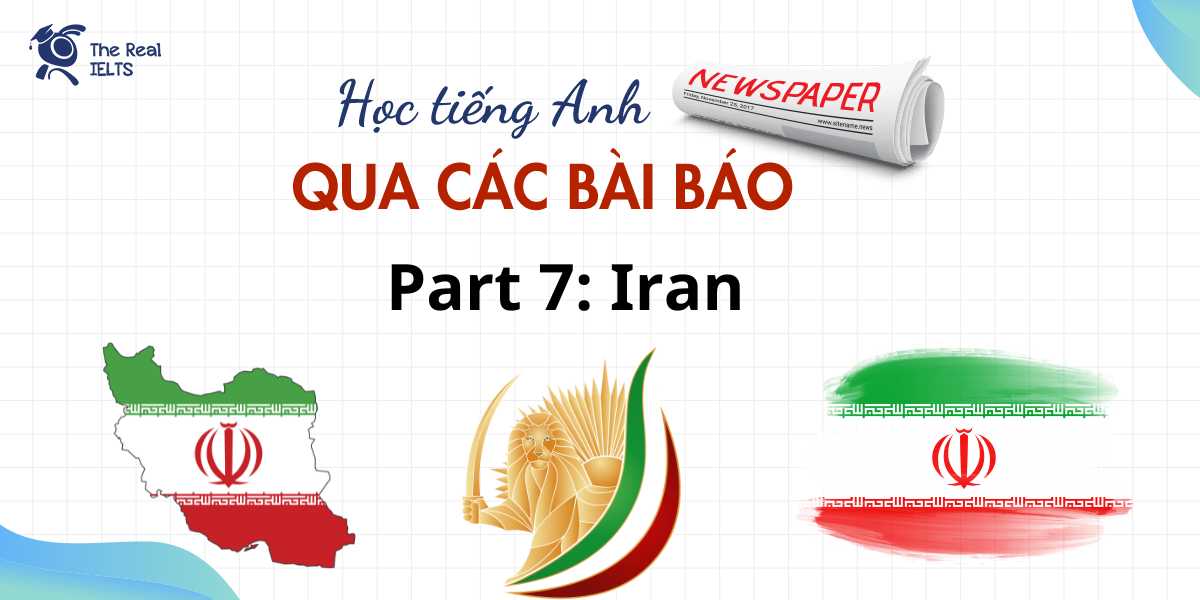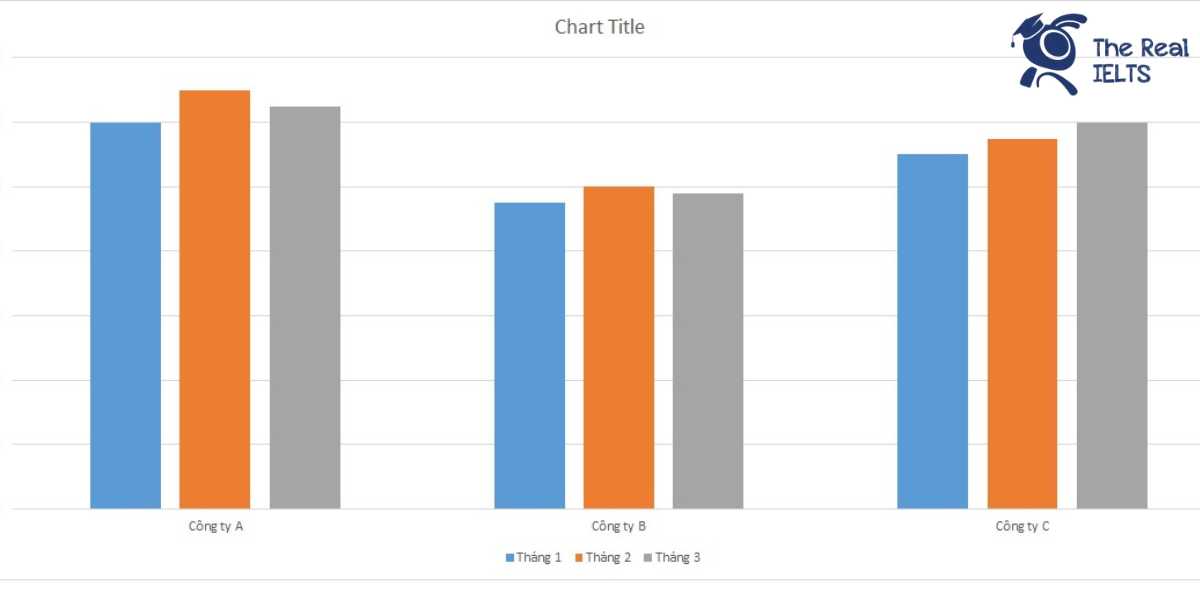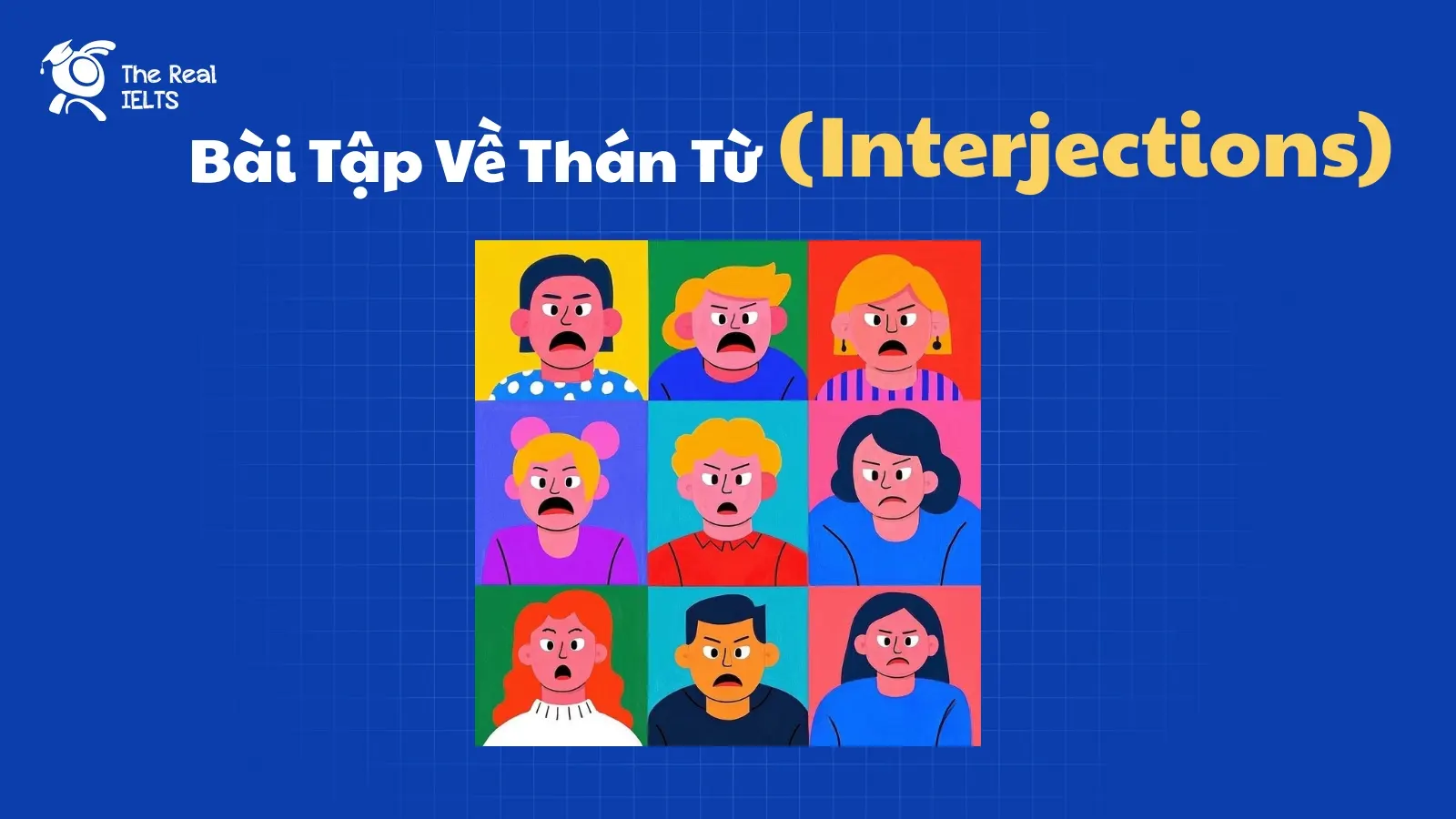Bài báo ngày hôm nay là bài viết về Cam kết trả đũa của Iran sau vụ đánh bom của Israel vào vùng Trung Đông. Chúng ta hãy cùng nhau xem bài báo này và cùng phân tích bài báo này như thế nào ngay dưới đây.
Bài báo
Iran vows revenge as it accuses Israel of deadly airstrike on Syria consulate in deepening Middle East crisis
Iran has vowed to retaliate after it accused Israel of bombing its embassy complex in Syria on Monday, in a deadly escalation of regional tensions over the war in Gaza that once again appeared to raise the risk of a wider Middle Eastern conflict.
The airstrike destroyed the consulate building in the capital Damascus, killing at least seven officials including Mohammed Reza Zahedi, a top commander in Iran’s elite Revolutionary Guards (IRGC), and senior commander Mohammad Hadi Haji Rahimi, according to Iran’s Foreign Ministry.
Zahedi, a former commander of the IRGC’s ground forces, air force, and the deputy commander of its operations, is the most high-profile Iranian target killed since then-US President Donald Trump ordered the assassination of IRGC Gen. Qassem Soleimani in Baghdad in 2020.
Iran and Syria accused Israel of authoring the attack, with Tehran warning of a “serious response,” and the powerful Iran-backed Lebanese militant group Hezbollah saying the strike will be met with “punishment and revenge.” Iran also said it would hold the United States “answerable” due to its support of Israel.
The Israeli military told CNN it does not comment on foreign reports. However, a military spokesperson said Israel believes the target struck was a “military building of Quds forces” — a unit of the IRGC responsible for foreign operations.
“According to our intelligence, this is no consulate and this is no embassy,” Israel Defense Forces spokesperson Rear Adm. Daniel Hagari told CNN. “I repeat, this is no consulate and this is no embassy. This is a military building of Quds forces disguised as a civilian building in Damascus.”
Four unnamed Israeli officials acknowledged that Israel carried out the attack, the New York Times reported.
CNN cannot verify the Times’ report, nor independently verify the claims from Iran, Syria and Israel.
The US considers its own embassies and consulates abroad, as well as foreign countries’ embassies and consulates in the US to have a special status. According to the US State Department, “an attack on an embassy is considered an attack on the country it represents.”
Significant attack
Israel has intensified its military campaign against Iran and its regional proxies following the October 7 attack on Israel by Tehran-backed Palestinian group Hamas, which killed about 1,200 people and saw more than 200 taken hostage.
Israel’s subsequent war in Gaza has killed more than 32,800 people, according to the Ministry of Health in the besieged enclave, wrought widespread destruction and brought more than 1 million people to the brink of a man-made famine.
While Israel has long targeted Iran and its proxies in Syria, its latest apparent attack in Damascus is a significant escalation due to both the location and the target. The consulate building, which includes the ambassador’s residence and is located next to the Iranian Embassy, is considered sovereign Iranian territory.
“This is perhaps the first time that the Zionist regime allows itself to attack an official building of the Islamic Republic of Iran embassy, which had the flag of the Islamic Republic raised on top of it,” said Iran’s ambassador to Syria Hossein Akbari.
Iranian Foreign Ministry spokesperson Nasser Kanaani warned that Tehran “preserves the right to take reciprocal measures and will decide the type of response and punishment against the aggressor.”
And the country’s Foreign Minister Hossein Amir-Abdollahian called the attack a “violation of all international obligations and conventions” that demanded a “serious response” from the international community.
Amir-Abdollahian also held the United States responsible given its support for Israel, underscoring the increasing strain between Tehran and Washington.
“The United States should be answerable,” Iran’s top diplomat said in a post on X.
Tehran summoned the Swiss chargé d’affaires in the early hours of Tuesday local time to discuss the incident, Amir-Abdollahian added. Switzerland represents US interests in Iran.
“The dimensions of the Israeli regime’s terrorist attack and crime were explained, and the American administration’s responsibility underlined,” Amir-Abdollahian said.
Syrian Foreign Minister Faisal Mekdad meanwhile described the strike as a “gross violation of international regulations, especially the 1961 Vienna Convention on Diplomatic Relations.”
100 cụm từ vựng cần lưu ý trong bài báo này
- Response – Phản ứng
- Attack – Tấn công
- Consulate – Lãnh sự quán
- Damascus – Damascus (Tên thành phố)
- Embassy – Đại sứ quán
- Iran – Iran (Tên quốc gia)
- Israel – Israel (Tên quốc gia)
- Official – Chính thức
- Source – Nguồn
- Militant – Chiến binh
- Government – Chính phủ
- Syrian – Syria (Dân của Syria)
- Syria – Syria (Tên quốc gia)
- Capital – Thủ đô
- Site – Nơi
- Attack – Tấn công
- Stated – Tuyên bố
- Investigation – Cuộc điều tra
- Blamed – Kết tội
- Blamed – Kết tội
- Mossad – Mossad (Tổ chức tình báo của Israel)
- Foreign – Nước ngoài
- Security – An ninh
- Agency – Cơ quan
- Israel’s – Của Israel
- Representative – Đại diện
- Damascus – Damascus (Tên thành phố)
- Severe – Nghiêm trọng
- Staff – Nhân viên
- Evacuated – Sơ tán
- Fled – Trốn chạy
- Scene – Hiện trường
- Provided – Cung cấp
- No – Không
- Further – Thêm nữa
- Information – Thông tin
- Situation – Tình hình
- Fluid – Linh hoạt
- Tensions – Sự căng thẳng
- Escalated – Trở nên căng thẳng hơn
- Israeli – Israeli (Liên quan đến Israel)
- Targets – Mục tiêu
- Expanding – Mở rộng
- Campaign – Chiến dịch
- Influence – Ảnh hưởng
- Region – Vùng lãnh thổ
- Hezbollah – Hezbollah (Tổ chức Hồi giáo ở Liban)
- Strongly – Mạnh mẽ
- Supports – Ủng hộ
- Bashar al-Assad – Bashar al-Assad (Tổng thống Syria)
- Regime – Chế độ
- Multiple – Nhiều
- Sides – Bên
- Risk – Rủi ro
- Spilling – Rò rỉ
- Across – Xuyên qua
- Borders – Biên giới
- Sensitive – Nhạy cảm
- Stage – Giai đoạn
- Different – Khác nhau
- Interested – Quan tâm
- Avoiding – Tránh
- Direct – Trực tiếp
- Conflict – Xung đột
- Between – Giữa
- Directly – Trực tiếp
- Involved – Liên quan
- Proxy – Đại lý
- War – Chiến tranh
- Increasing – Tăng lên
- International – Quốc tế
- Relations – Quan hệ
- Already – Đã
- Plagued – Ám ảnh
- Sanctions – Biện pháp trừng phạt
- Economic – Kinh tế
- Isolation – Cô lập
- Diplomatic – Ngoại giao
- Fronts – Mặt trận
- Like – Như
- China – Trung Quốc
- Russia – Nga
- Strategic – Chiến lược
- Ally – Đồng minh
- Instability – Sự không ổn định
- Further – Thêm nữa
- Complicate – Phức tạp hóa
- Efforts – Nỗ lực
- Resume – Tiếp tục
- Diplomacy – Ngoại giao
- Efforts – Nỗ lực
- Progress – Tiến triển
- Global – Toàn cầu
- Insecurity – Bất an
- Rising – Tăng lên
- Across – Xuyên qua
- Middle East – Trung Đông
- Especially – Đặc biệt là
- Fragile – Dễ vỡ
- Process – Quá trình
Các cấu trúc câu và cấu trúc ngữ pháp cần lưu ý
Để hiểu được đoạn văn, người mới học tiếng Anh cần chú ý đến các cấu trúc câu và cấu trúc ngữ pháp sau:
- Câu đơn (Simple sentences): Câu có một chủ từ và một động từ, thường diễn đạt một ý chính. Ví dụ: “Iran responded to an attack on its consulate in Damascus.”
- Câu phức (Complex sentences): Câu có ít nhất hai mệnh đề, trong đó một hoặc nhiều mệnh đề là phụ thuộc vào mệnh đề chính. Ví dụ: “The attack, blamed on Israel by an Iranian official, targeted the consulate in the Syrian capital, according to a source.”
- Câu hỏi (Question sentences): Câu đặt câu hỏi để tìm kiếm thông tin. Ví dụ: “What was the response of Iran to the attack on its consulate?”
- Câu phủ định (Negative sentences): Câu phủ định diễn đạt ý phủ định. Ví dụ: “Iran provided no further information.”
- Câu so sánh (Comparison sentences): Câu so sánh so sánh sự khác biệt hoặc tương đồng giữa hai hoặc nhiều đối tượng. Ví dụ: “The situation is fluid and tensions have escalated.”
- Câu mệnh lệnh (Imperative sentences): Câu diễn đạt một mệnh lệnh hoặc yêu cầu. Ví dụ: “Provide more information on the situation.”
- Câu điều kiện (Conditional sentences): Câu diễn đạt điều kiện và kết quả có thể xảy ra. Ví dụ: “If tensions continue to escalate, there may be further consequences.”
- Câu nhấn mạnh (Emphatic sentences): Câu để nhấn mạnh ý chính hoặc sự quan trọng của một thông tin. Ví dụ: “There is no further information provided.”
- Câu liên kết (Linking sentences): Câu được sử dụng để kết nối các ý hoặc mệnh đề với nhau. Ví dụ: “The attack on the consulate comes amid rising tensions in the region.”
- Câu đồng tình (Agreement sentences): Câu diễn đạt sự đồng ý hoặc không đồng ý với một ý kiến hoặc quan điểm. Ví dụ: “Many countries strongly support Iran’s stance.”
Hãy sử dụng cấu trúc ngữ pháp và từ vựng đã học để đọc và hiểu đoạn văn được cung cấp trong liên kết, sau đó dịch các cụm từ vựng ra tiếng Việt để hiểu nội dung cụ thể của bài báo.
Đọc lại bài trước: Học tiếng Anh qua các bài báo part 6.















